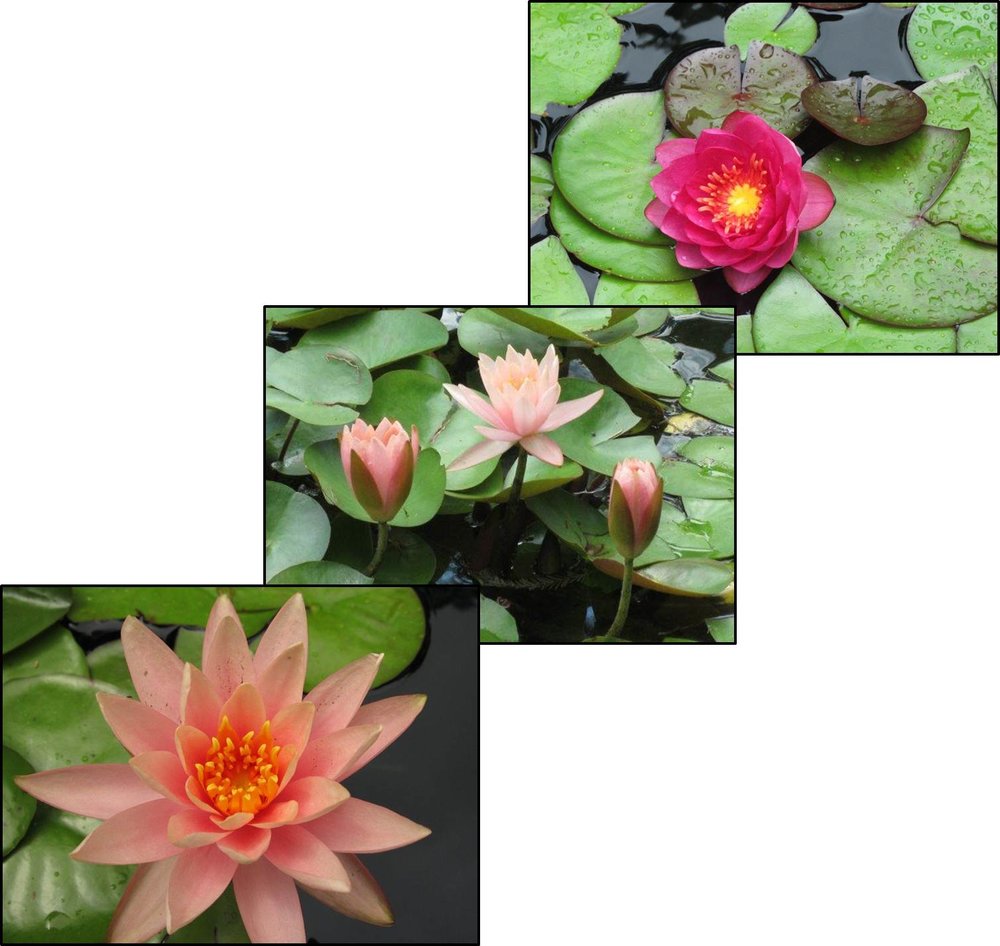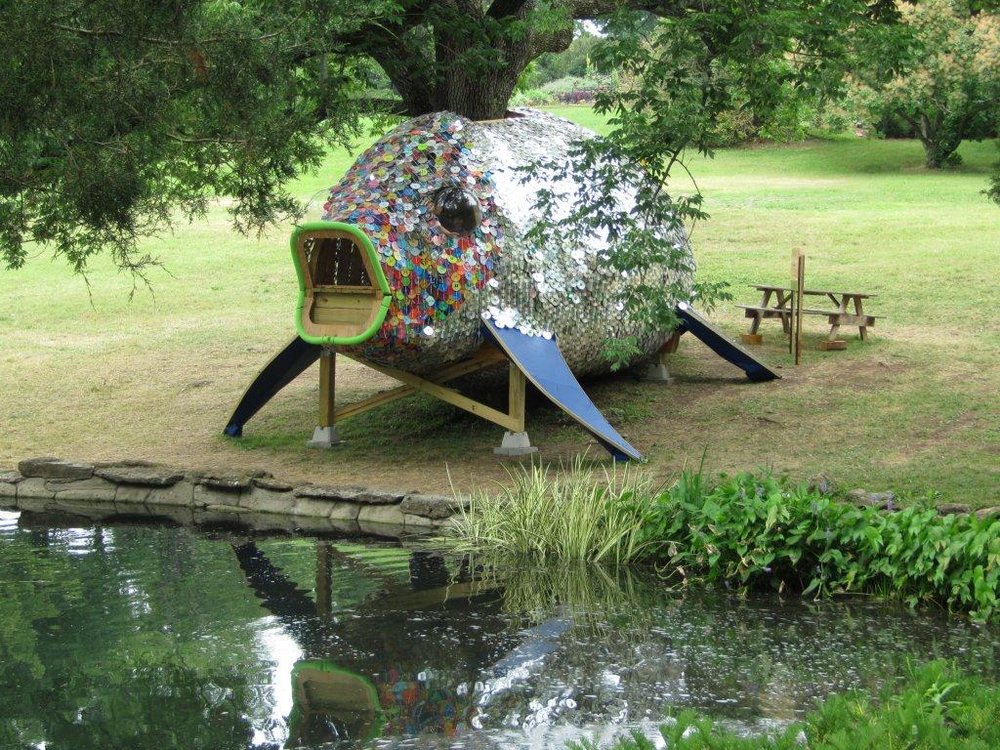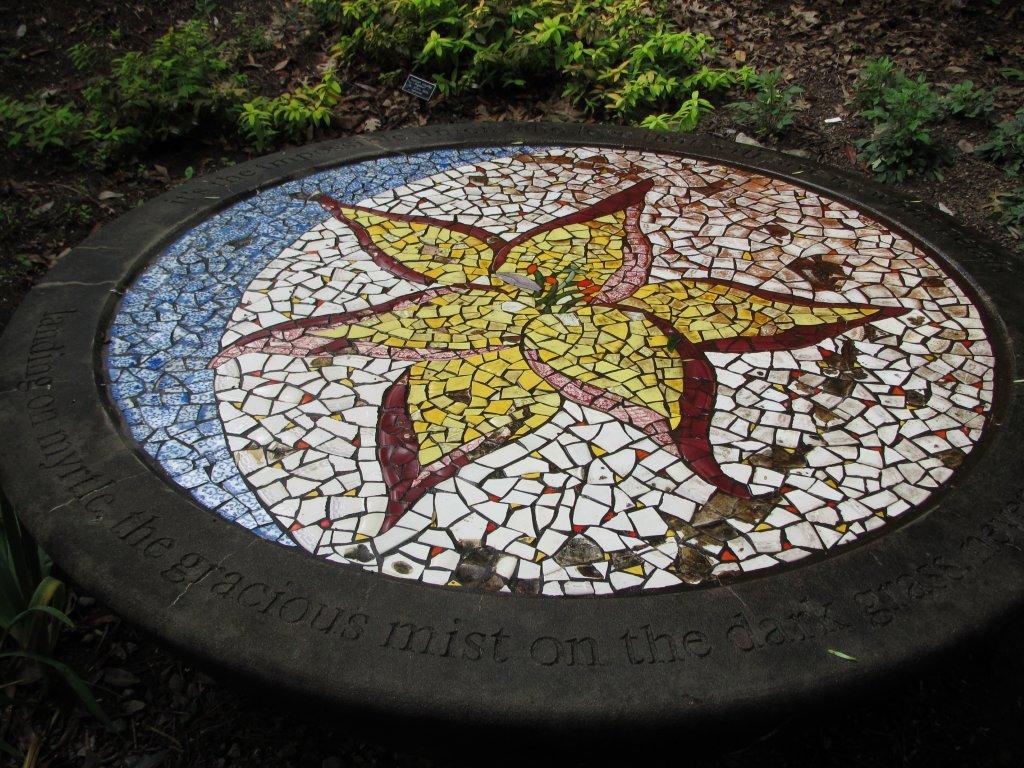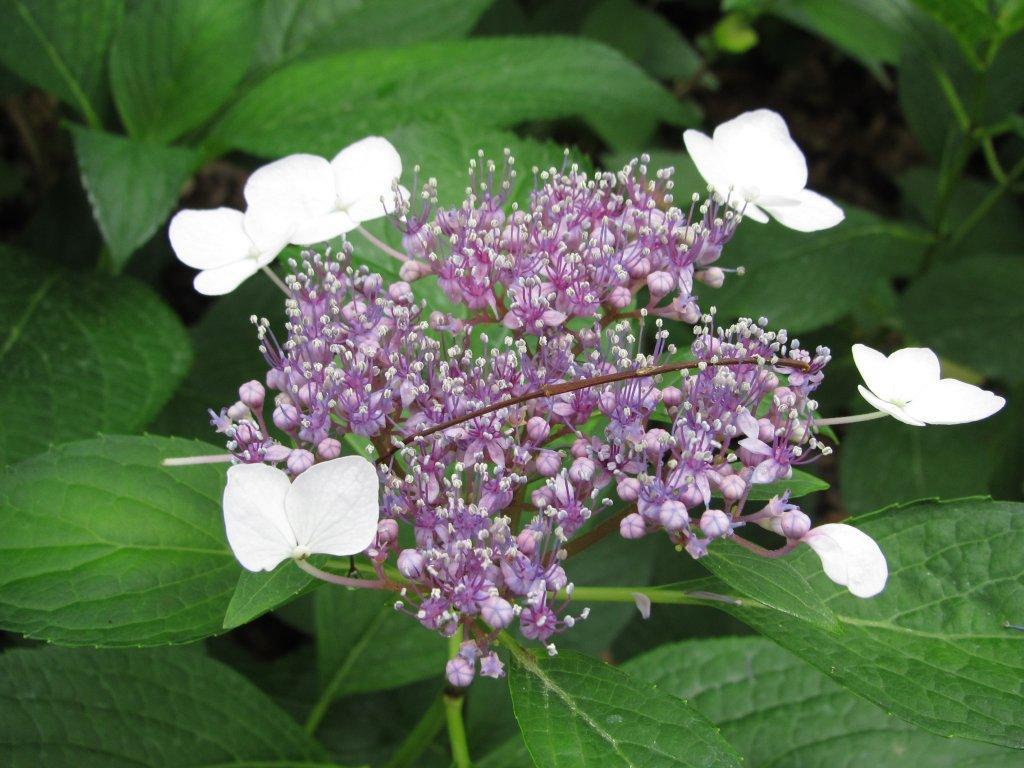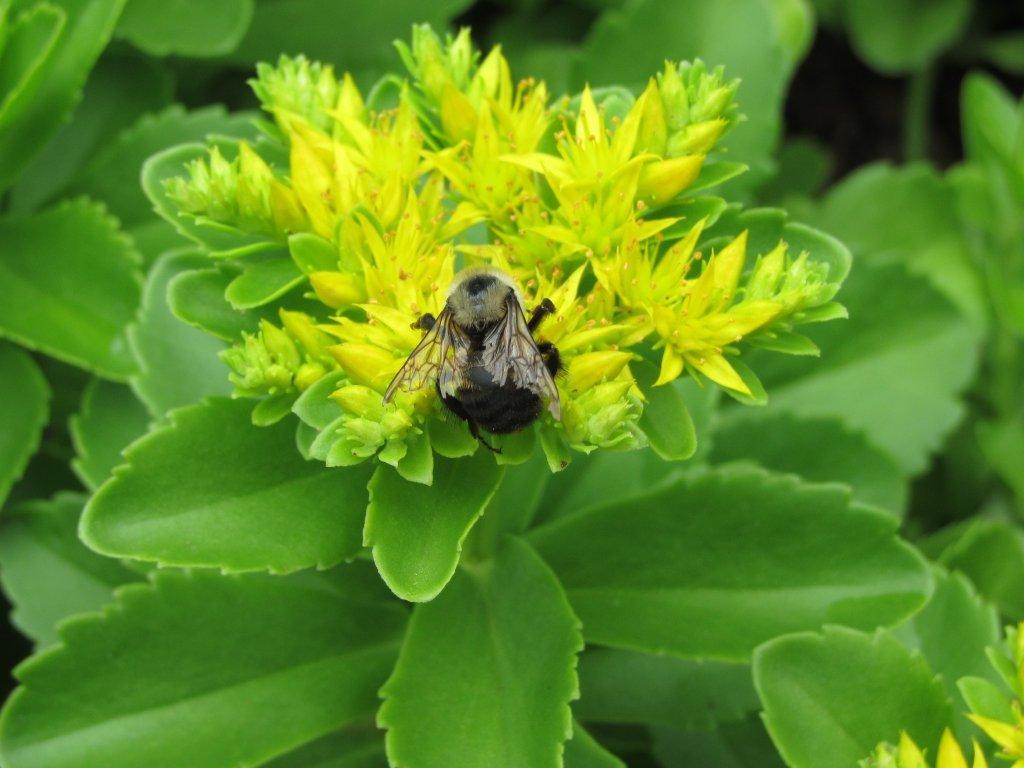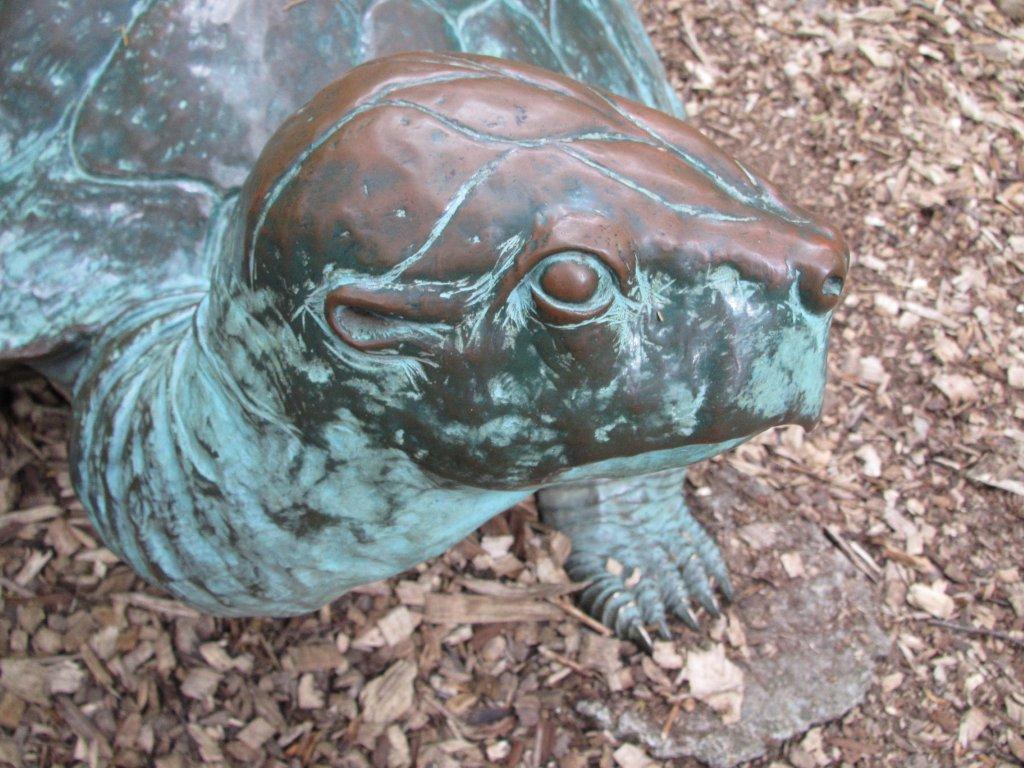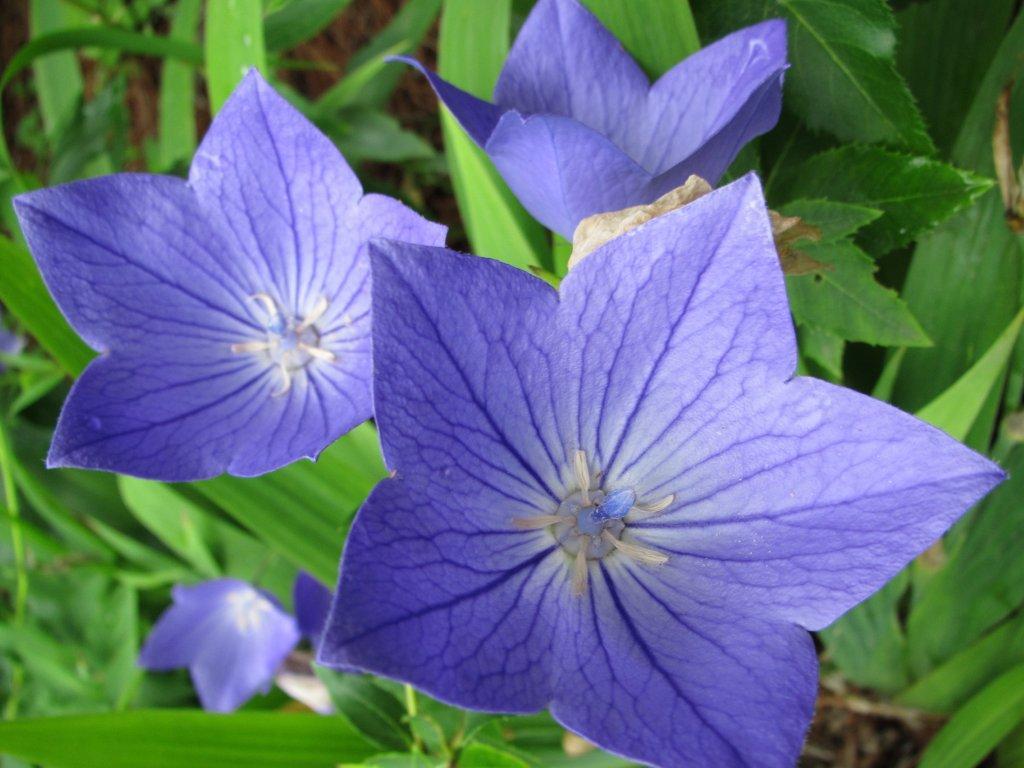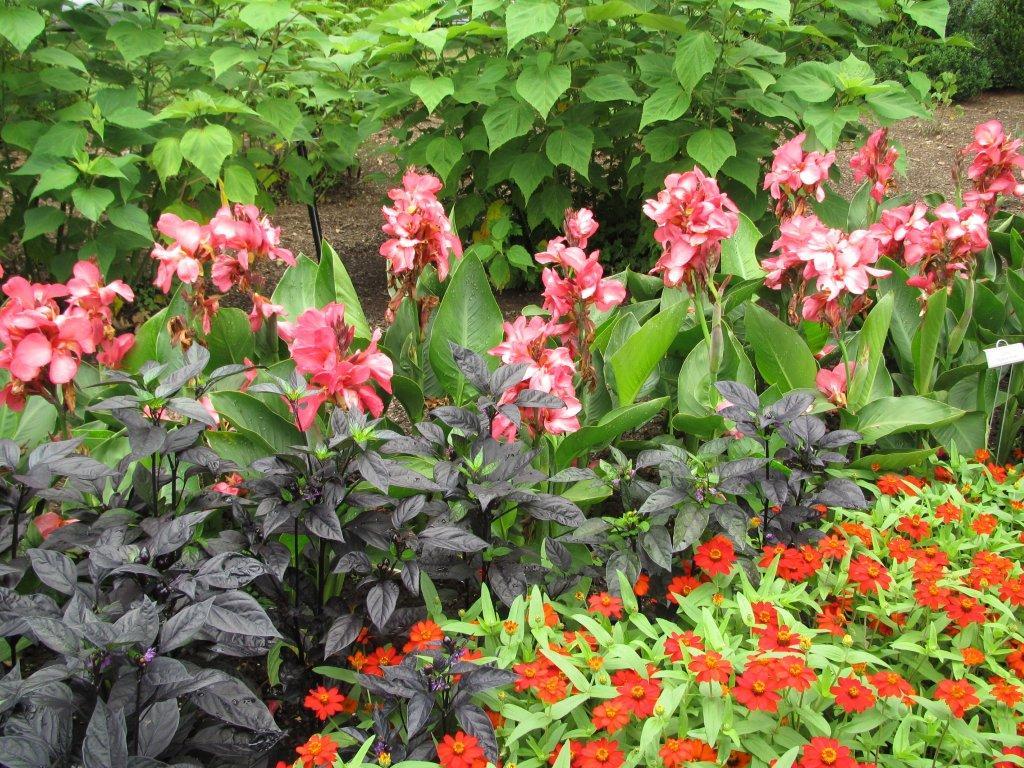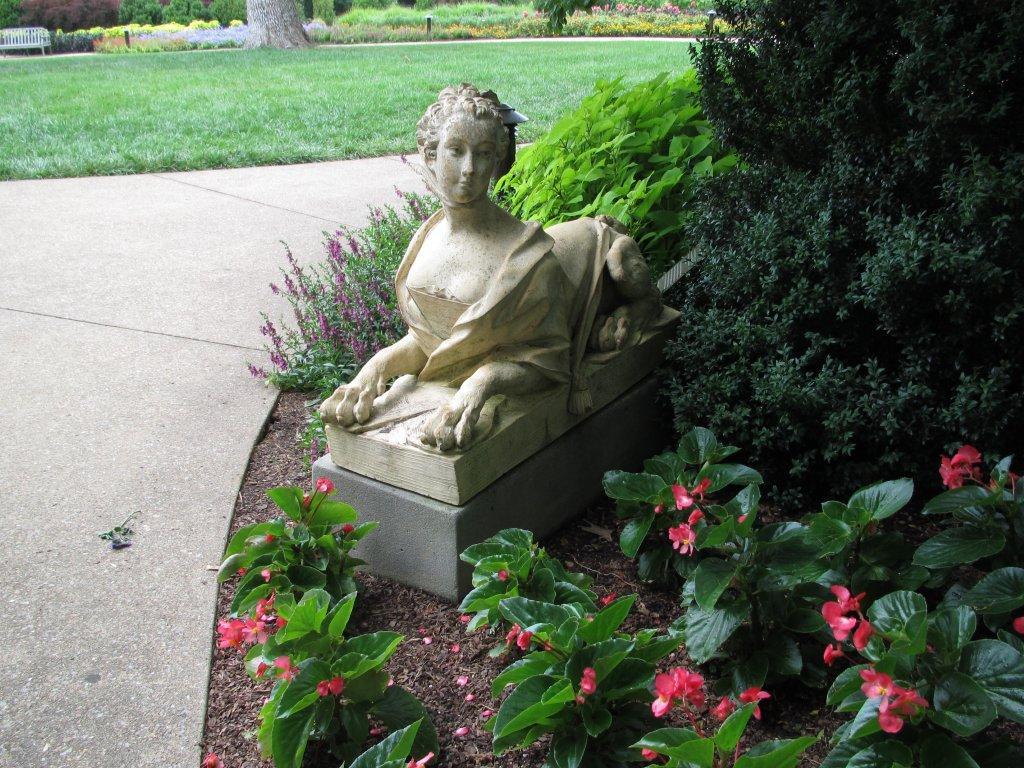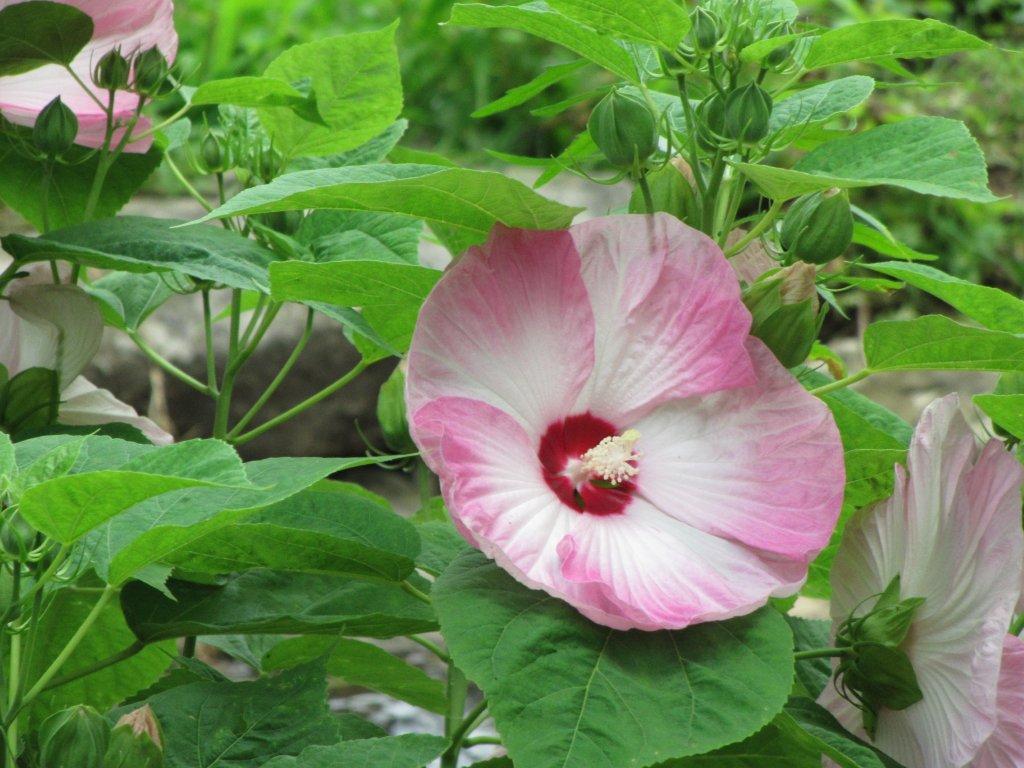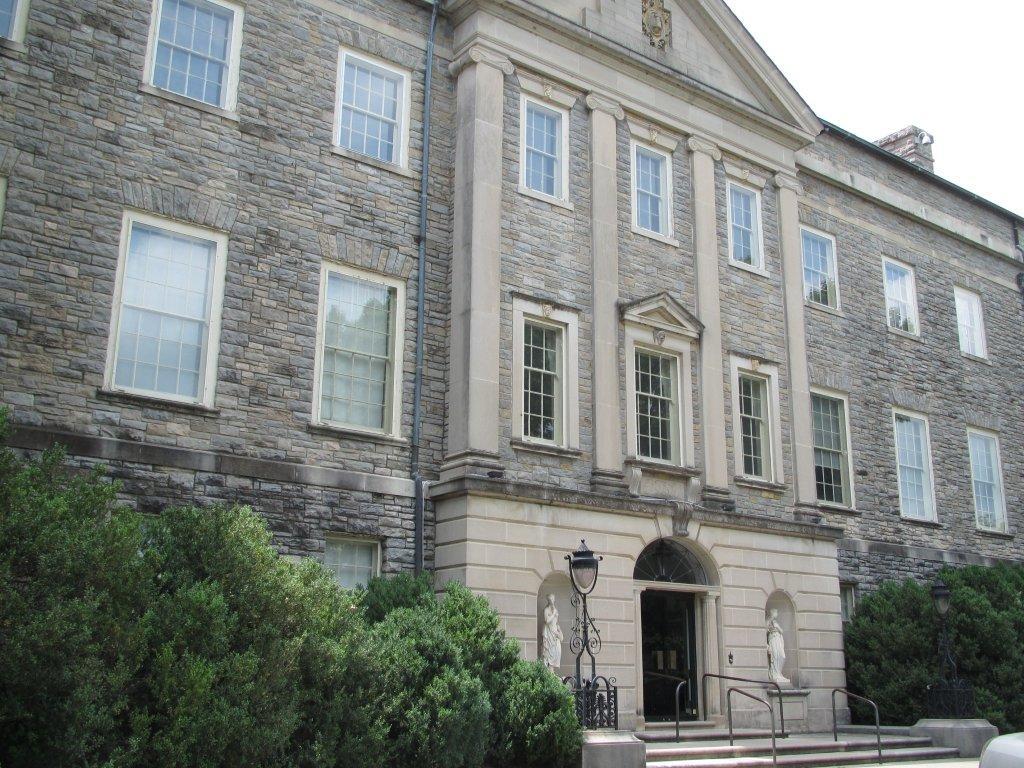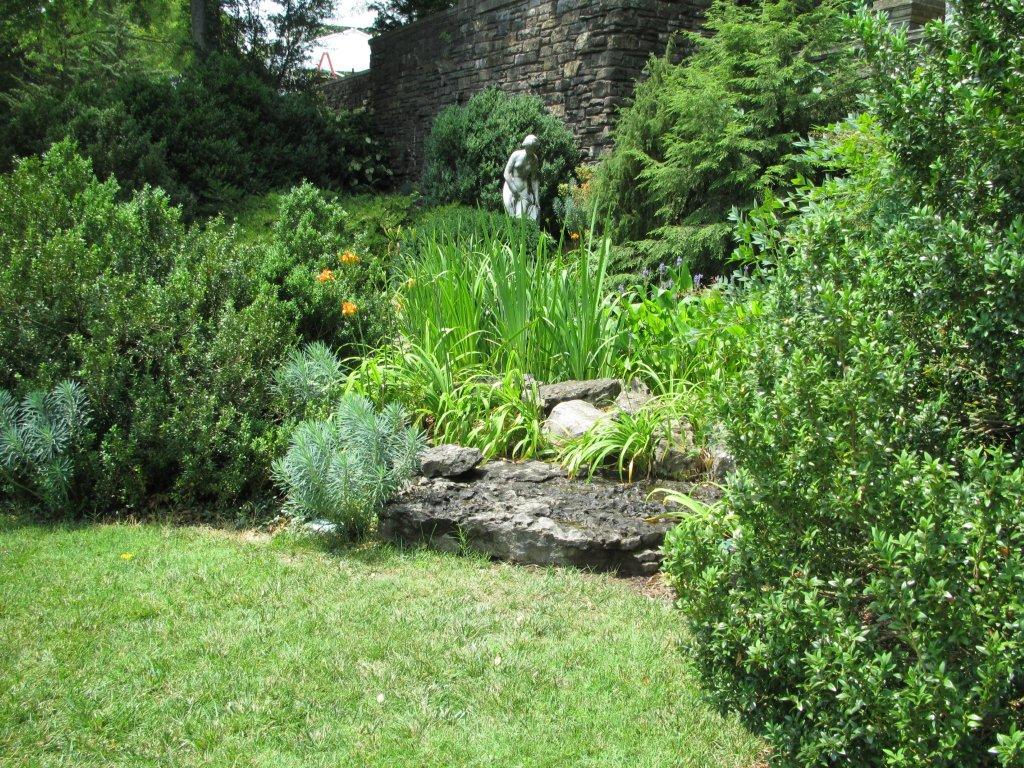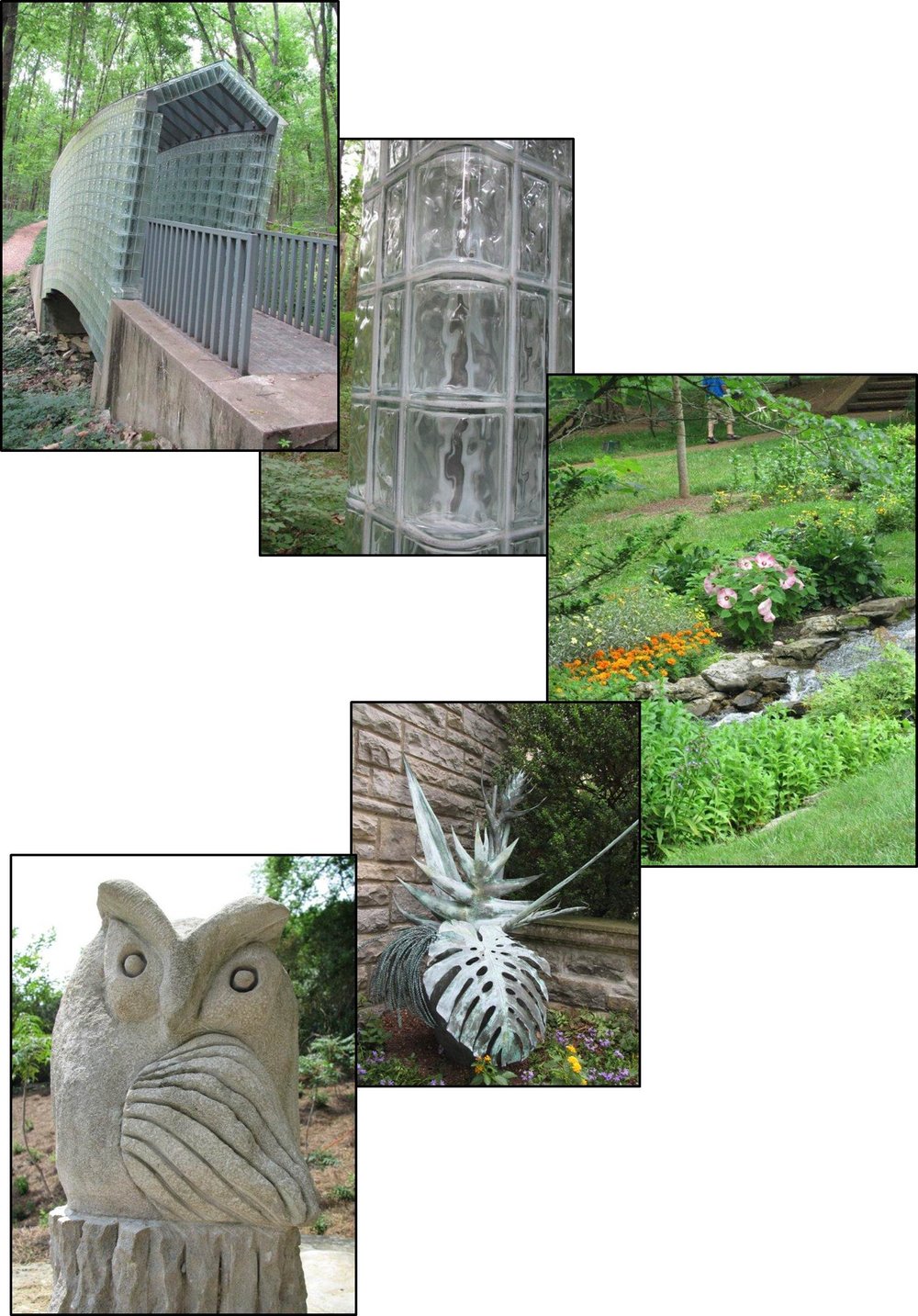I’ve been visiting a lot of museums recently and discovered that I very quickly settle on my strategies for a particular venue based on my experiences with other museums of the same type. I’ve listed the ones I’m most conscious of below.
Slow and read everything or fast for ambience. If the topic of the display is something I am really interested, I read everything - pull out drawers for extra information, push a button to watch a short video or hear a noise; in other words - I do everything the curators offered. This tends to happen in historical or science related displays. An example of this strategy, was in the Frank H. McClung Museum on the campus of The University of Tennessee in Knoxville; they have a detailed exhibit on the Native Americans in that part of Tennessee and a very well done video about Cherokee perspective. In art museums I tend to move through looking at pieces rather than reading the plaques - unless it is a piece I really like; it’s not necessarily ‘fast’ but it is not following every lead the curators have provided. I applied this strategy in the Cheekwood Art Museum in Nashville; the piece I walked up and read everything about was the Alexander Calder ‘Snake’ made of hemp rope (since I had never seen a Calder work in fiber….the metal mobiles are his best known work).
Pick favorite pieces. In art museums, picking a favorite piece (or 2 or 3) makes the museum more memorable. The Calder piece was my favorite at the Cheekwood Art Museum and Reclining Dress (pictures below) was my favorite from the Hunter Museum of American Art in Chattanooga. A Caddo Indian pot was my pick from the display at the DeGray Lake office of the Corps of Engineers in Arkadelphia, Arkansas.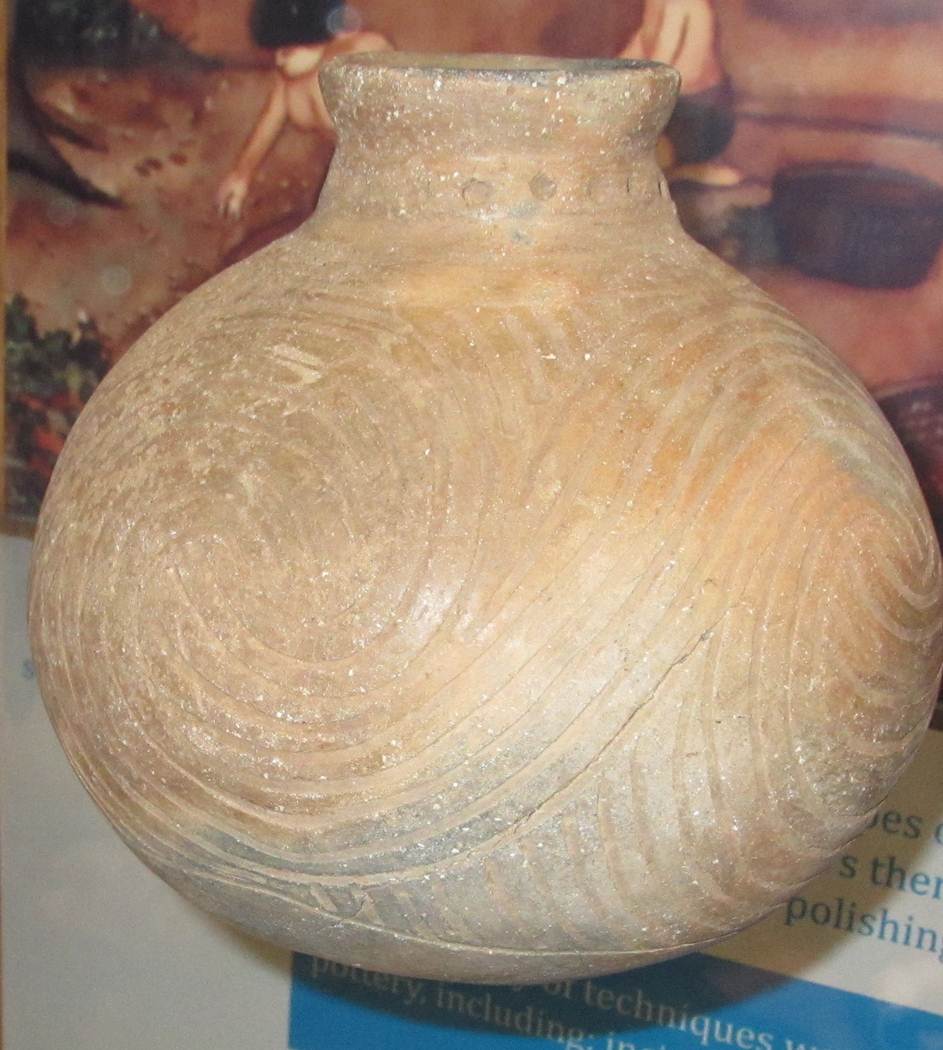
Pictures. When museums allow pictures - they are a great way to capture the essence of the museum. The Hunter Museum allows pictures in same galleries and I captured the reclining dress along with the information about it with my camera.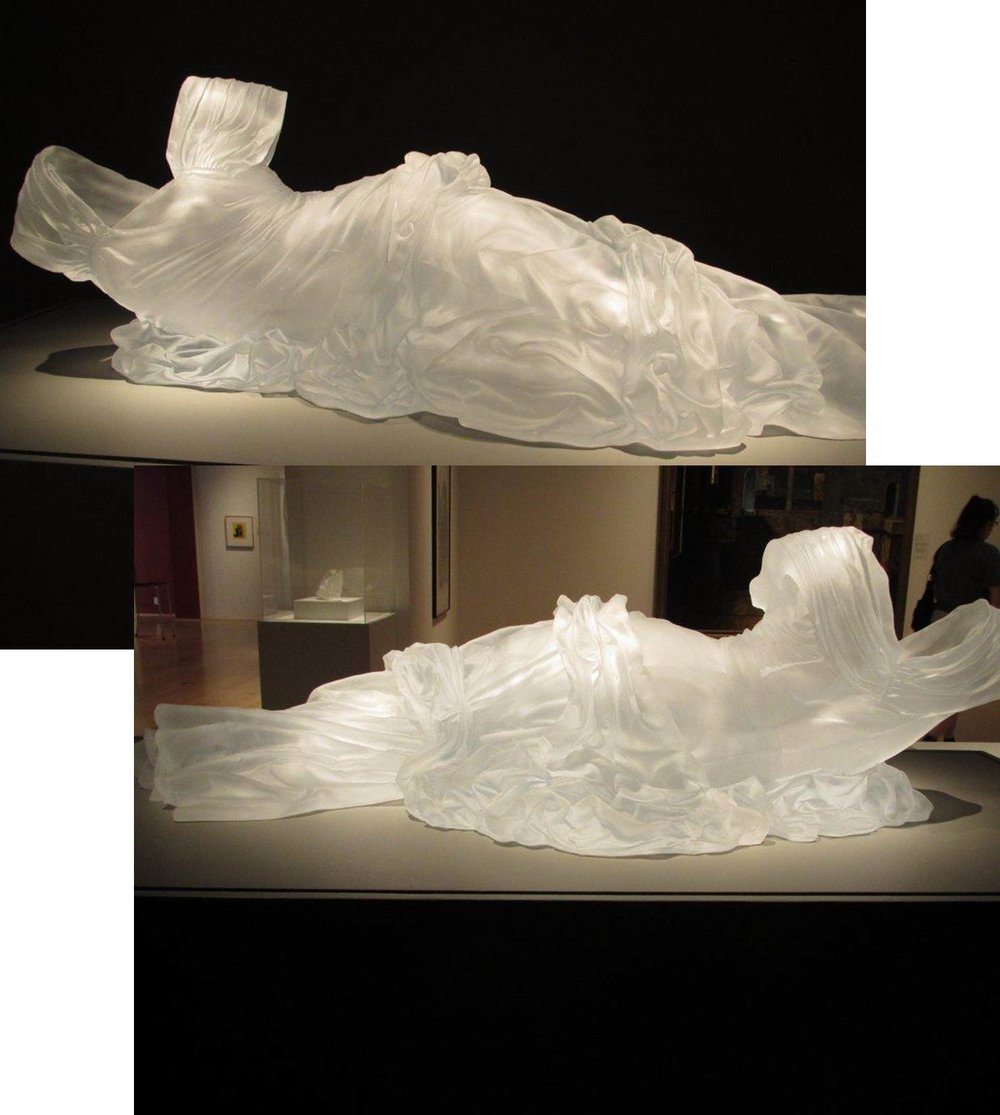

Buy the museum book. If the museum does not allow pictures - consider buying the museum book. I checked the Cheekwood Art Museum book for the Calder piece; it wasn’t included….so I didn’t buy the book.
Check out the museum web page. Many museums have wonderful web pages. The Hunter Museum of American Art has particularly good ones. My favorite painting was a picture of the moon through trees titled Landscape with Moon by Ralph Albert Blakelock and sure enough - they had a page about it on their site. There was also one for the Reclining Dress by Karen Lamonte.
What are your strategies for enjoying museum visits?
 I managed to capture a classic water lily picture at Cheekwood Garden and Art Museum - crisp flower and black background. It looked good on the small screen of my camera but even better once I saw it on the larger monitor of my computer. So - enjoy my June 2012 pictures of water lilies from Tennessee and Texas! If you want more - check out the post from last November - Water Lilies at Longwood Gardens in Pennsylvania.
I managed to capture a classic water lily picture at Cheekwood Garden and Art Museum - crisp flower and black background. It looked good on the small screen of my camera but even better once I saw it on the larger monitor of my computer. So - enjoy my June 2012 pictures of water lilies from Tennessee and Texas! If you want more - check out the post from last November - Water Lilies at Longwood Gardens in Pennsylvania.